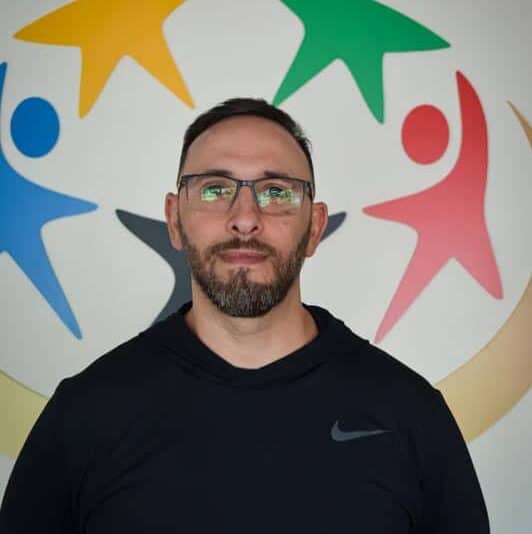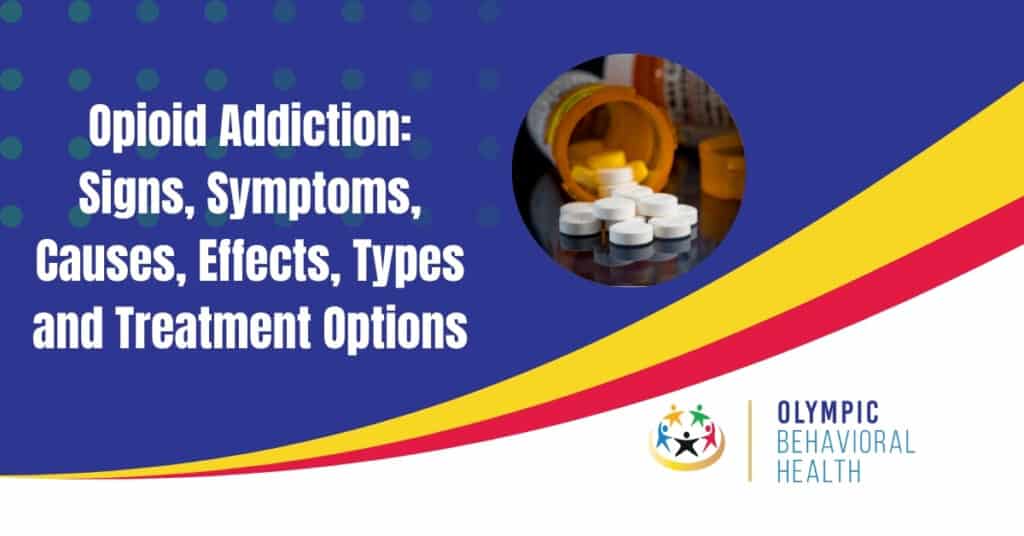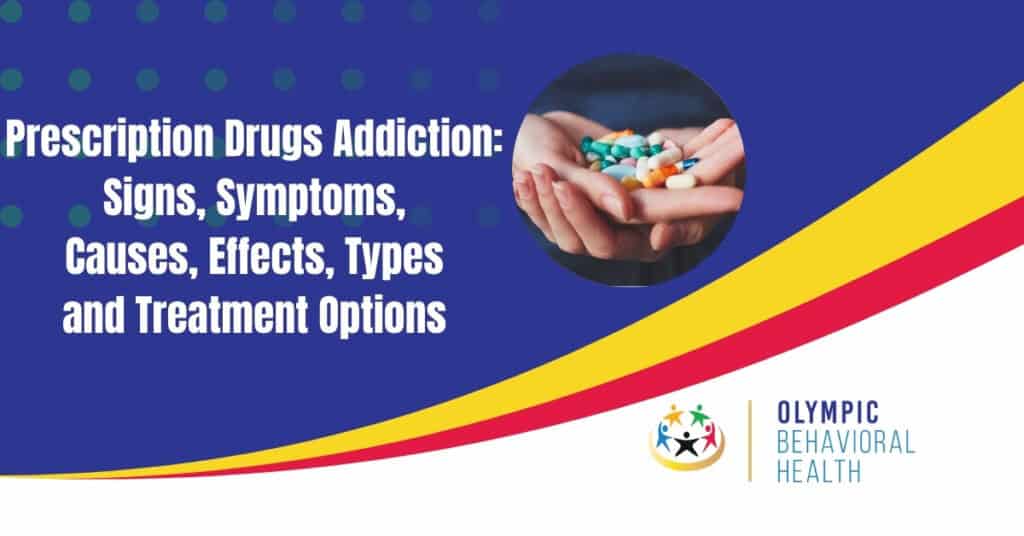Opioids, commonly referred to as narcotics, are a class of powerful pain-relieving medications that are commonly prescribed to individuals suffering from severe pain or recovering from surgery. They work by binding to opioid receptors in the brain, spinal cord, and other parts of the body, thus reducing the intensity of pain signals. While opioids have proven to be effective in managing pain, they also possess a high potential for addiction due to their euphoric effects and the way they interact with the brain’s reward system. This article aims to explore what opioids are, why they can be addictive, and the signs and symptoms of opioid addiction.
What are Opioids?
Opioids are drugs that interact with the nervous system to relieve pain. They are derived from the opium poppy plant or are synthetically manufactured to mimic its effects. Opioids bind to specific receptors in the brain, spinal cord, and other body parts. They thereby reduce the intensity of pain signals reaching the brain.
Types of Opioids
There are two main categories of opioids: prescription opioids and illicit opioids. Healthcare providers prescribe prescription opioids to treat severe pain. Examples of prescription opioids include oxycodone, hydrocodone, morphine, and fentanyl. Illicit opioids, however, are often sold on the street, including drugs like heroin and illegally manufactured fentanyl.
Common Opioid Brand Names
Some common brand names for prescription opioids include OxyContin, Percocet, Vicodin, and Demerol. Heroin is an example of an illicit opioid, and fentanyl is a powerful synthetic opioid that can be prescribed or sold illegally.
Opioid Abuse Statistics
According to the National Institute on Drug Abuse (NIDA), opioid abuse has become a serious public health crisis in the United States. In 2019, an estimated 10.1 million people misused prescription opioids, and 1.6 million had opioid use disorder. Additionally, over 50,000 people died from opioid-related overdoses in 2019 alone.
Why are Opioids Addictive?
Opioids are addictive because they bind to specific receptors in the brain, spinal cord, and other body parts. When they do, they activate the reward system in the brain and the reaction causes a surge of dopamine, a neurotransmitter associated with pleasure and reward. This surge of dopamine produces the euphoria or “high” that many people experience when they use opioids. The surge of dopamine feels good and when people use them to frequently, it’s hard to not want that same feeling, and when opioids aren’t used, withdrawal symptoms ensue, creating pain when the drug isn’t used and reward when the drug is used, creating a cycle of addiction.
One of the primary reasons opioids are so addictive is that the body can quickly build up a tolerance to them. This means that over time, a person needs to take higher doses of the drug to achieve the same level of pain relief or euphoria. As a person continues to use opioids, they can also become physically dependent on the drug. That means their body has adapted to the presence of the drug, and they will experience withdrawal symptoms if they try to stop using it. Withdrawal symptoms include nausea, vomiting, diarrhea, muscle aches, and anxiety.
In addition to the physical effects of opioids, social and psychological factors can contribute to opioid addiction. For example, some people may begin using opioids to cope with stress, anxiety, or depression. Others may have started using opioids recreationally and then become addicted. Additionally, genetic factors may increase a person’s risk of developing an opioid use disorder.
What is The Risk of Opioid Overdose?
Opioid overdose can cause respiratory depression, meaning a person’s breathing slows down or stops. This can lead to brain damage or death unless quickly treated with naloxone. Illicit opioids like heroin are especially risky because the user may not know the strength or purity of the drug they are using. That often increases the risk of overdose. Some prescription opioids are highly potent, and taking even a small amount more than prescribed can lead to overdose.
The Role of Opioid Prescribing Practices
The opioid epidemic in the United States has been linked, in part, to the overprescribing of opioids for pain management. In the 1990s, pharmaceutical companies reassured healthcare providers that prescription opioids were safe and non-addictive. As a result, healthcare providers began to prescribe opioids more frequently for chronic pain, increasing opioid use and addiction. Today, there are stricter guidelines for opioid prescribing practices, and healthcare providers are encouraged to use alternative pain management strategies whenever possible.
What are the Types of Opioid Addiction Treatment
Medication-Assisted Treatment (MAT)
Medication-assisted treatment (MAT) is a common form of opioid addiction treatment that uses medications to help manage withdrawal symptoms and cravings. The most commonly used medications for MAT are methadone, buprenorphine, and naltrexone. Methadone and buprenorphine are both opioid agonists. They activate the same receptors in the brain as other opioids but are longer-lasting and less euphoric. Naltrexone, on the other hand, is an opioid antagonist, meaning it blocks the effects of opioids in the brain.
Inpatient Opioid Addiction Treatment
Inpatient treatment, aka residential treatment, involves staying in a treatment facility to receive intensive treatment for opioid addiction. This type of treatment can benefit those who need a structured environment to help them overcome their addiction. During inpatient treatment, clients receive various treatments. Clients participate in medication-assisted treatment, individual and group therapy, and support for co-occurring mental health disorders.
Partial Hospitalization Program (PHP) for Opioid Addiction Treatment

A Partial Hospitalization Program (PHP) is for opioid addiction, providing a structured and intensive level of care. PHP’s are designed for individuals who require more support than traditional outpatient treatment but don’t need 24-hour medical supervision. During PHP, individuals attend treatment for several hours a day, several days a week. It includes medication-assisted treatment, individual and group therapy, and support for co-occurring mental health disorders. A PHP also provides other services, including case management, vocational counseling, and family therapy.
Partial hospitalization programs can be a good option for individuals who have completed inpatient or IOP treatment but still require high support to maintain their recovery. It can also be a good option for individuals who have recently relapsed or are experiencing worsening symptoms.
Intensive Outpatient Treatment (IOP)
Intensive outpatient treatment (IOP) is a form of opioid addiction treatment several days a week for a few hours daily. IOP can be a good option for people who do not require 24-hour medical supervision. Anyone that still needs intensive treatment to help them overcome their addiction should attend. The programs include medication-assisted treatment, individual and group therapy, and support for co-occurring mental health disorders. They’re a good option for individuals who have completed inpatient treatment. These clients may still require high support to maintain their recovery. It can also be a good option for individuals unable to attend inpatient treatment due to family, work, or other commitments.
During IOP, individuals attend treatment for three hours a day, three to five days a week, for 9 to 15 hours per week. The program typically lasts for eight to twelve weeks, but the length of the program can vary depending on the individual’s needs.
Outpatient Opioid Addiction Treatment
Outpatient treatment involves receiving treatment for opioid addiction on an outpatient basis. This can include medication-assisted treatment, individual and group therapy, and support for co-occurring mental health disorders. Outpatient treatment is a good option for that has completed inpatient or IOP treatment and are transitioning back to their everyday lives or require less intensive treatment.
Choose Olympic Behavioral Health for Opioid Addiction Treatment
If you or a loved one is struggling with opioid addiction, Olympic Behavioral Health can provide the support and treatment you need to overcome your addiction and reclaim your life. Our addiction treatment programs are evidence-based and tailored to meet the unique needs of each individual. These programs include medication-assisted treatment, individual and group therapy, and support for co-occurring mental health disorders.
Located in South Florida, Olympic Behavioral Health is conveniently located for anyone that needs addiction treatment. Experienced addiction treatment professionals are dedicated to providing compassionate and comprehensive care to help overcome addiction and achieve lasting recovery.
At Olympic Behavioral Health, we understand that addiction is a chronic disease that requires ongoing support and care. We offer relapse prevention programs to help our clients after treatment. Recovery management services include ongoing therapy, support groups, and access to community resources.
If you or a loved one is struggling with opioid addiction and need rehab in Florida, don’t wait to seek help. Contact Olympic Behavioral Health today to learn more about our addiction treatment programs and how we can help you achieve lasting recovery.

Share This Post



